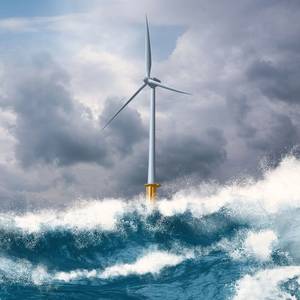
Companies that once committed to investing in U.S. offshore wind infrastructure and supply chains are now scrapping their plans as the industry experiences significant challenges. These setbacks stem from project delays, soaring costs, and the potential loss of federal support under former President Donald Trump’s proposed policies.
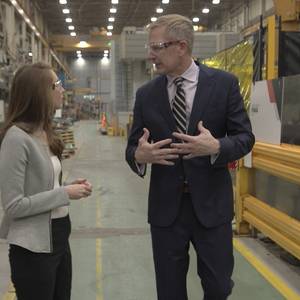
You would be hard pressed to find a corporate leader more passionate about the company they lead; more dedicated to the customer they serve. In this case it’s George Whittier, CEO, Fairbanks Morse Defense and the U.S. Navy. Upon his return less than five years ago, Whittier has driven FMD towards the top of the U.S. Navy supply heap, with a string of strategic acquisitions.
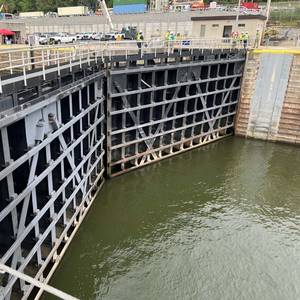
The path toward funding the U.S. Army Corp of Engineers (USACE) – and the critical inland infrastructure maintenance and construction of locks and dams that it does – is neither straight nor clear. Jen Armstrong, VP, Government Relations, Waterways Council, visited recently with Maritime Reporter TV to discuss in detail the historical context of how USACE funding has evolved in the past 50 years.

The United Seamen’s Service (USS) announced that the 56th annual Admiral of the Ocean Sea (AOTOS) Awards will honor three champions of American maritime: Captain Willie Barrere, National President of American Maritime Officers; Edward F. Hanley, Chief Operating Officer of Maersk Line, Limited and Vincent J. Marino, Chief Executive Officer of CMC-ITI-CCS.

Tugboat and towboat owners across the nation eye fuel efficiency and emission reduction technologies and techniques in advance of increasingly stringent regulations.he first half of 2025 has seen a great deal of attention on emissions from vessels, with an eye towards their continued reductions in the coming years.
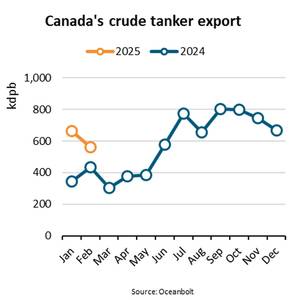
“Year-to-date, Canadian crude tanker exports have reached 618 thousand barrels per day (kbpd) up from 388 kbpd during the same period last year, an increase of 59%,” says Niels Rasmussen, Chief Shipping Analyst at BIMCO.When the Trans Mountain Pipeline extension opened on 1 May 2024 its capacity grew from 300 kbpd to 890 kbpd.
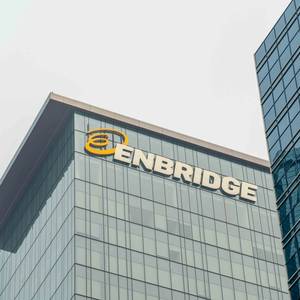
Enbridge missed third-quarter profit estimates on Friday, pressured by higher financing costs from capital investments including U.S. gas utility acquisitions, sending its shares down nearly 2% in premarket trading.The Calgary-based pipeline operator had bought three Dominion Energy utilities last year — East Ohio Gas, Questar Gas and Public Service Co of North Carolina — in a $14 billion deal

Ingram Marine Group, the largest barge operator on the inland waterways, showcased its operations and planned investments in the bi-state St. Louis region during the opening session of FreightWeekSTL 2025. Hosted by the St. Louis Regional Freightway, the virtual panel session on June 2 featured Dan Lester, Senior Vice President of Business Development at Ingram Infrastructure Group (IIG)

Over the last six weeks, U.S. President Trump has imposed and postponed tariffs on Canada and Mexico several times. The current situation seems to reflect something of a compromise, says Poten & Partners in an opinion released on March 7.Tariffs are in place, but they will not apply to goods covered by the North American trade agreement known as USMCA.
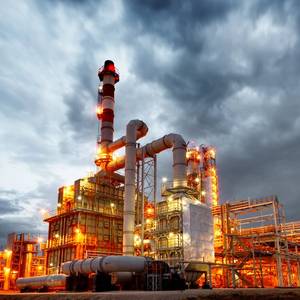
U.S. President Donald Trump's trade tariffs on Canadian and Mexican oil imports will offer European and Asian refineries a competitive advantage against their U.S. rivals, analysts and market participants told Reuters.Trump on Saturday ordered 25% tariffs on Canadian and Mexican imports and 10% on goods from China starting on Tuesday to address a national emergency over fentanyl and illegal

The 4th generation family run business J.F. Brennan Company (Brennan) is a waterborne marine construction powerhouse, born more than 100 years ago in the Upper Midwest, and evolving into a multi-dimensional, national marine infrastructure leader. Matt Binsfeld, President and CEO of Brennan, and his three brothers operate the business today.